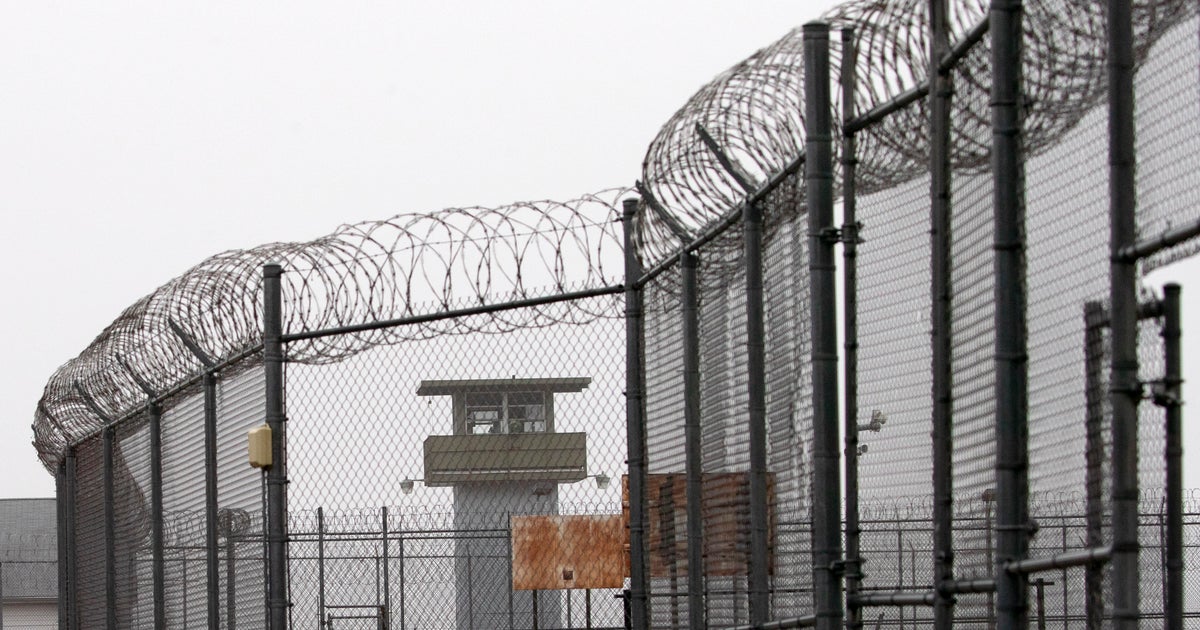FAA To Require Most Drones To Be Registered And Marked
NEW YORK (CBSNewYork/AP) -- The Federal Aviation Administration announced a new drone registration process Monday aimed at helping federal officials keep track of the growing number of drone owners.
The requirement covers aircraft weighing from a half-pound to 55 pounds. Drone owners who are 13 and older will have to register on an FAA website starting Dec. 21. The FAA expects parents to register for younger children.
"Make no mistake: unmanned aircraft enthusiast are aviators, and with that title comes a great deal of responsibility," U.S. Transportation Secretary Anthony Foxx said in a statement. "Registration gives us an opportunity to work with these users to operate their unmanned aircraft safely. I'm excited to welcome these new aviators into the culture of safety and responsibility that defines American innovation."
The new rules come after a report found more than 240 close-call collisions between drones and planes nationwide over the last two years, including 89 in the Tri-State area.
The analysis released Friday by Bard College's Center for the Study of the Drone found most of the sightings occurred within 5 miles of an airport and at altitudes higher than 400 feet -- spaces in which the FAA prohibits drones from flying.
The FAA defines a near-collision as two aircraft flying within 500 feet of each other. In 51 of the incidents studied, the drone-to-aircraft clearance was 50 feet or less, the report said.
The report is based on an analysis of government records detailing 921 incidents involving drones and manned aircraft between Dec. 17, 2013, and Sept. 12, 2015. Researchers cautioned that it's hard for pilots to judge their distance from another object when flying at high speeds.
The majority of the incidents, 64 percent, were sightings of drones in the vicinity of other aircraft with no immediate threat of collision.
Reports of drones flying where they aren't supposed to have increased dramatically. In May 2014, 10 incidents were reported to the FAA; in May of this year, there were 100 incidents. The FAA confirmed to the report's authors that the trend has continued, with 127 incidents in September and 137 incidents in October.
The concern among aviation officials is that a drone could get sucked into the engine of a plane, break a cockpit window or damage an aircraft in a way that may cause a crash.
"With sufficient speed, bird strikes have been known to penetrate the cockpit,'' the report said. "It's entirely possible, then, that a drone could also break through into a cockpit, potentially causing serious harm to the pilots or other occupants.''
Helicopter blades are considered especially vulnerable. Thirty-eight of the near collisions identified by researchers involved helicopters.
As CBS2's Alice Gainer reported, federal officials say most of the drones that have threatened air safety have been operated by people unaware of the rules. The registration program, they say, is a way to make sure there are no excuses.
"The registration will create an opportunity to provide that basic education, but it will also create accountability so that when a drone is located that has been flying improperly, we'll be able to locate the owner," said FAA Deputy Administrator Michael Whitaker.
Right now, the key existing rules for drones include:
• They must be flown under 400 feet
• They must be kept in sight of the operator at all times
• They can never be flown over groups of people, concerts or sporting or stadium events
• The airport control tower must be contacted if flying within 5 miles of an airport.
"For blatant violations and other bad acts, we do have both civil and criminal enforcement opportunities available to us," Whitaker said.
Aviation attorneys say registration is just the first of many steps needed to better regulate the industry.
"I think there will be much bigger steps taken in the coming months and years once they start to get their hands around the problem here," said aviation expert Brian Alexander.
"The stakes are high," he added. "You don't want a drone in the wrong place at the wrong time and we'll have a catastrophic accident."
Under the new rules, owners will have to register online with their name, home address and email address, the FAA said. After registering, owners will have to mark the aircraft with an identification number.
Registration will cost $5, but the fee will be waived for the first 30 days.
"We expect hundreds of thousands of model unmanned aircraft will be purchased this holiday season," said FAA Administrator Michael Huerta in a statement. "Registration gives us the opportunity to educate these new airspace users before they fly so they know the airspace rules and understand they are accountable to the public for flying responsibly."
Those who got drones before Dec. 21 must register by Feb. 19. People who buy them later must register before their first outdoor flight.
But some experts said drone registration doesn't prevent the possibility of mid-air collisions.
Former NTSB Chairman Mark Rosenker said the FAA could require what's called "geofencing" technology.
"They would have chips in them, which would prevent them from flying into places we don't want them to be," he told WCBS 880's Alex Silverman.
New York Senator Chuck Schumer agreed.
"If we did geofencing it would automatically prohibit any drone from flying in a dangerous place or coming near an airplane," Schumer said.
The new online registration applies to drones for recreational or hobby use. The FAA is working on an online registration for drones used commercially by spring of 2016.
For more information, click here.
(TM and © Copyright 2015 CBS Radio Inc. and its relevant subsidiaries. CBS RADIO and EYE Logo TM and Copyright 2015 CBS Broadcasting Inc. Used under license. All Rights Reserved. This material may not be published, broadcast, rewritten, or redistributed. The Associated Press contributed to this report.)



